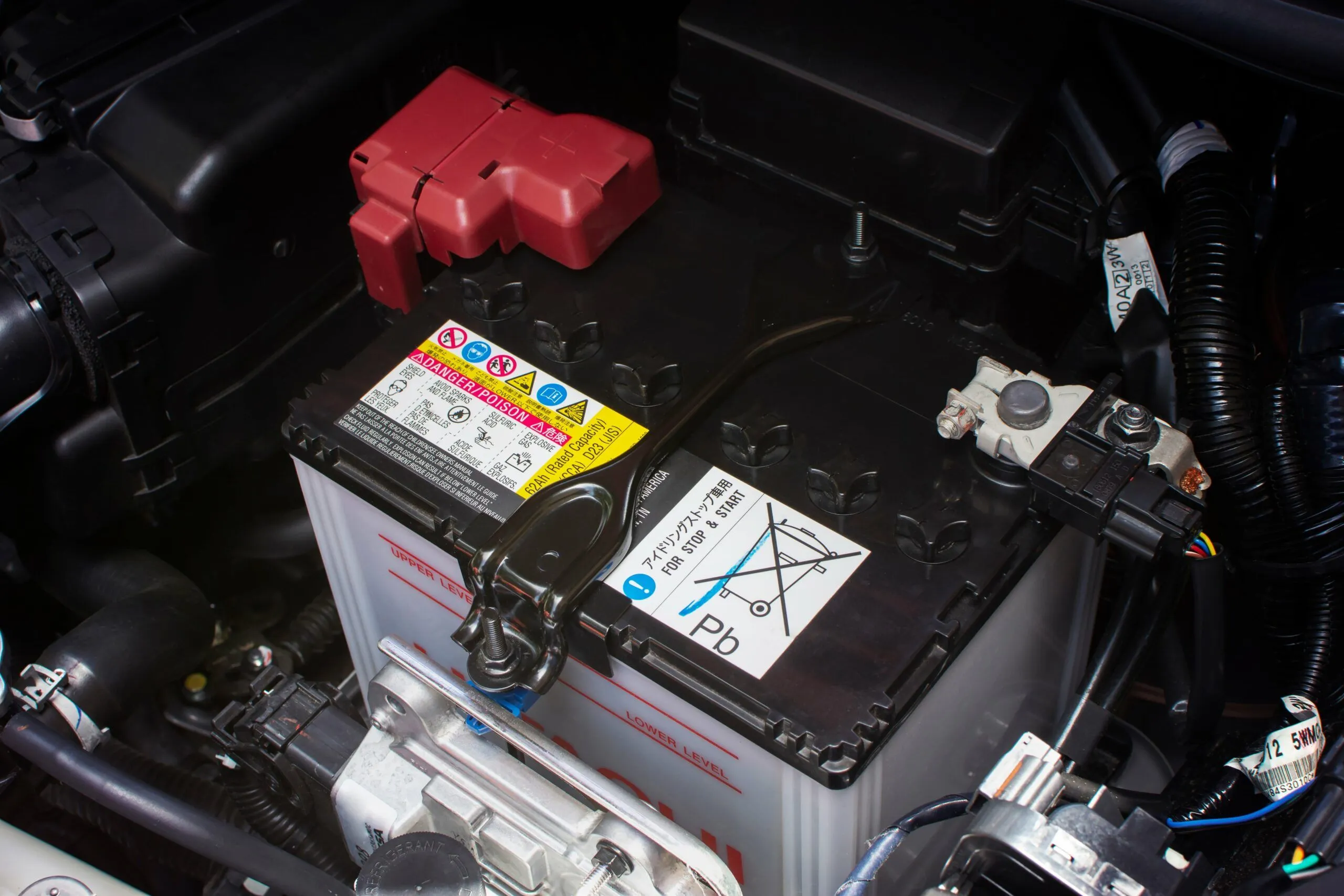vue-pdf-embed is a popular Vue.js component for embedding and viewing PDF documents directly in web applications. It offers developers a simple and efficient way to integrate PDF functionality without relying on heavy third-party viewers. However, like any integration, problems can arise during setup or in production. This guide explores common vue-pdf-embed integration issues, their possible causes, and practical fixes.
1. PDF Not Displaying in the Viewer
A frequent issue when using vue-pdf-embed is that the PDF simply doesn’t appear.
Possible Causes:
- Incorrect file path or broken link.
- File permission restrictions.
- CORS (Cross-Origin Resource Sharing) errors when loading PDFs from an external source.
Fixes:
- Verify the file path is correct and accessible from the application.
- If loading from a remote server, ensure proper CORS headers (
Access-Control-Allow-Origin) are set. - Test the PDF in a browser directly to confirm it is working outside the app.
2. Blank Page or Empty Viewer Container
Sometimes the vue-pdf-embed component renders an empty white area instead of the PDF.
Possible Causes:
- Missing or incompatible dependency versions (e.g.,
pdfjs-dist). - No fixed height for the viewer container in CSS.
- Improper prop configuration.
Fixes:
- Install the correct version of
pdfjs-distcompatible with vue-pdf-embed. - Assign a fixed height or responsive layout to the container.
- Check that the
sourceprop is set correctly in your component.
3. “Invalid PDF Structure” or Corruption Errors
These errors occur when the PDF file is damaged or not being served properly.
Possible Causes:
- Corrupted PDF files.
- Incomplete downloads.
- Server misconfiguration with incorrect MIME types.
Fixes:
- Test the PDF in standalone viewers like Adobe Acrobat to verify it works.
- Ensure the server sends the
application/pdfMIME type. - Re-upload the PDF to confirm it’s complete and intact.
4. Slow Loading or Lag When Navigating Pages
Large PDFs or inefficient rendering can cause slow performance in vue-pdf-embed.
Possible Causes:
- Rendering all pages at once.
- Large, unoptimized PDF files.
- Limited client device resources.
Fixes:
- Implement lazy loading so only visible pages are rendered.
- Optimize the PDF using compression tools.
- Limit concurrent page rendering to reduce memory usage.
5. Mobile Display Problems
vue-pdf-embed may not always display well on smaller screens without adjustments.
Possible Causes:
- Non-responsive layout.
- Overlapping UI controls.
- Lack of touch gesture support.
Fixes:
- Use responsive CSS to adapt layouts for mobile.
- Adjust toolbar sizes and positions for smaller screens.
- Test and enable pinch-to-zoom or swipe gestures for better usability.
6. CORS Policy Blocking Remote PDFs
When loading external PDFs, CORS issues are one of the most common obstacles.
Possible Causes:
- External server not configured for cross-origin access.
- PDF hosted on a third-party service without proper headers.
Fixes:
- Configure the remote server to allow CORS requests.
- Use a server-side proxy to fetch and serve the PDF.
- For testing, use a locally hosted PDF file to confirm viewer setup.
7. Event Listeners Not Triggering
Developers sometimes report that vue-pdf-embed events like @page-change don’t fire.
Possible Causes:
- Incorrect event binding syntax.
- Older version of the package missing certain features.
Fixes:
- Double-check event binding matches Vue’s syntax (
@event-name). - Update to the latest version of vue-pdf-embed to ensure event support.
Conclusion
Integrating vue-pdf-embed into a Vue.js project can be straightforward, but issues such as blank viewers, CORS restrictions, slow performance, and mobile display problems may arise. The key to troubleshooting is identifying whether the problem lies in the file, server configuration, or component setup. By ensuring proper file access, using the correct dependencies, optimizing PDFs, and applying responsive design, developers can create a seamless PDF viewing experience with vue-pdf-embed that works reliably across devices and browsers.



